Features
Curated articles that explore the rich intersections of history, craftsmanship, and collecting culture. These long-form pieces are your gateway to learning something new, seeing the familiar in a fresh light, and connecting with the past meaningfully.

Peter Cooper: An American-Made Model of the 19th Century
by Maxine Carter-Lome, publisher The venerable Peter Cooper, whose philanthropic life endeared him to every citizen of New York, died ...

Railroads On Parade
by Donald-Brian Johnson “Do you think that progress will be swayed By the tea-kettle that this man has made? This ...

Pullman: Riding the Rails in Luxury
by Maxine Carter-Lome, publisher George Mortimer Pullman was born on March 3, 1831, in Brocton, New York, just four years ...

Book Bindings Bound For History
by Jim Dawson When discussing the housing of history, creating a safe and protective environment for the written word is ...

Boxed Perfection
by Travis Landry, Bruneau & Co. Auctioneers When it comes to the world of Pop Culture collectibles, whether it be ...

Secret Storage: Exploring the Hidden Side of Antique Furniture
by Kary Pardy Consider the humble blanket chest: a piece of furniture that might travel with its owners across an ...

Museums: Containing Collected History Over Time
by Maxine Carter-Lome, publisher Museums, in their many forms, are a universal experience shared by most people in this country, ...
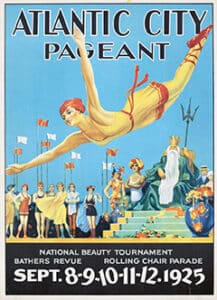
Celebrating Miss America
by Melody Amsel-Arieli In 1921, Atlantic City, New Jersey offered East Coast vacationers far more than sun, sand, and sea ...

The Atlantic City Boardwalk: A Wooden Walkway to the Sea
by Maxine Carter-Lome, publisher Atlantic City, New Jersey is home to one of the most famous and oldest boardwalks in ...

Collectomania! Savoring Those Souvenirs
By Donald-Brian Johnson A lady of my acquaintance collects souvenirs with a vengeance. If she’s seen it, visited it, or ...

Here’s New England! On the Road with the WPA
By Erica Lome, Ph.D. In the 1930s, no road trip across America was complete without a travel guide from the ...

The Artful History of Vintage Travel Postcards
by Zoë Peate Who doesn’t love to find a postcard from somewhere far away, waiting for them inside their mailbox? ...

The Rise and Fall of the American Roadside Motel
by Maxine Carter-Lome In the first decades of the 20th century, nothing was more novel than the automobile. The idea ...

The World & The Potter
by Jessica Kosinski For as long as there have been people on the Earth, hand-crafted goods have existed. People have ...
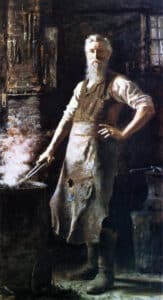
The Blacksmith
by Melody Amsel-Arieli Under a spreading chestnut-tree The village smithy stands; The smith, a mighty man is he, With large ...
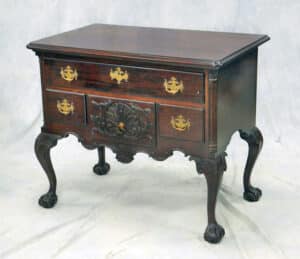
Crafting a Legacy: The Life and Work of Olof Althin
by Erica Lome, Ph.D. Today, few people outside of the antiques trade recognize the name Olof Althin (1859-1920), a Swedish-born ...
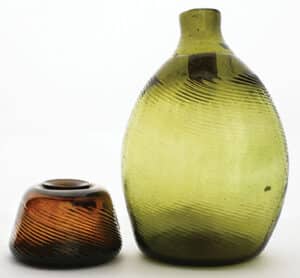
The Power of Pitkins: An American Classic Uncorked
by Kary Pardy If patterned antique glass has ever caught your eye, you’ve likely appreciated the flowing lines and swirling, ...
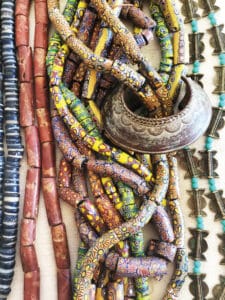
Millifiore Glass Beads Glass: Gardens of “A Thousand Flowers”
by Sarah Turnbaugh Millefiori beads made in Venice, Italy, reached lofty technical and aesthetic heights in the late 1800s to ...
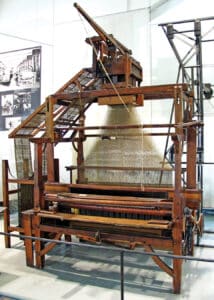
A World of Weaving
by Mike McLeod Just imagine a world—if you can—in which the process of weaving was never discovered. Without weaving, people ...

Industrial Design and the Radio – When Art Met Industry
By Peter Sheridan When it comes to radio design, the years from 1930 to 1940 presented a pocket of opportunity ...
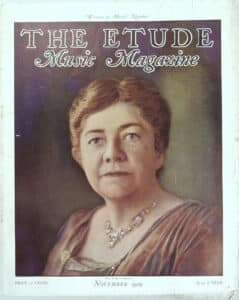
Amy Beach: A Composer of Musical Firsts
by Maxine Carter-Lome, publisher “It has happened more than once that a composition has come to me, ready-made as it ...
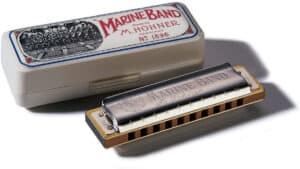
The Harmonica: Musical Phenomenon of the Century!
By Judy Gonyeau, managing editor What do you think of when you see a harmonica? A blues player with hands ...
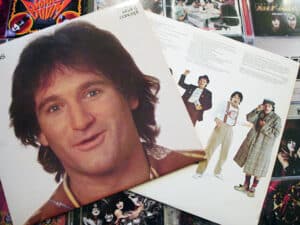
Vinyl Laughter
by Maxine Carter-Lome Some of the earliest albums recorded for commercial distribution were comedy albums. Various collections of humorous short ...

Writing With Images: The Creation of THE NEW YORKER Humor
by Judy Gonyeau with heavy reference from Defining New Yorker Humor by Judith Yaross Lee Launched in 1925, The New ...

Wowie Kazowee! It’s BOZO the CLOWN!
by Maxine Carter-Lome In 1946, Capitol Records writer/producer Alan Livingston introduced Bozo the Clown to the world via a children’s ...

